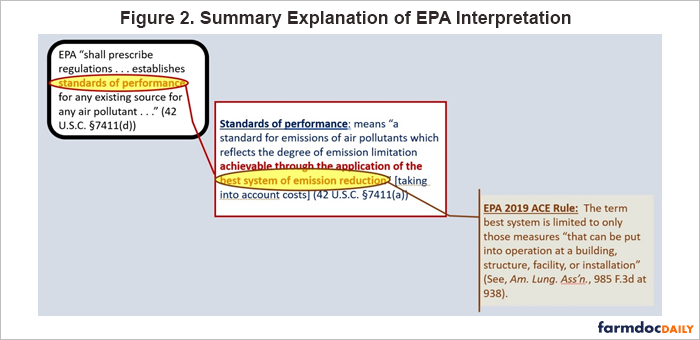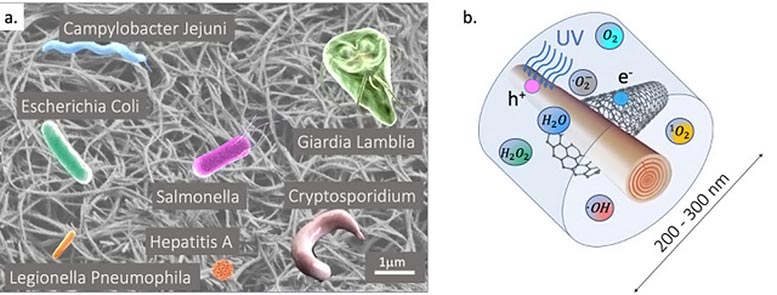The active block’s north elevation has a stucco-clad exterior with punched windows to minimize solar gain in its more light-sensitive laboratory spaces. Its north side incorporates the expansive glazed facade found on the passive block’s north elevation, but without operable windows. Since the labs produce high internal heat loads, the project’s engineers, Buro Happold, optimized the U-value performance and surface area of the glazing for the north-facing labs so those spaces could lose heat during Santa Barbara’s mostly cool days. The glazed facade also exposes the inner workings of the labs to the wider campus community, a realization of a desire for “science on display,” as Smith says.
Kim Fiffer, Buro Happold’s mechanical engineer for the project, says the labs vary between active chilled beams in spaces without fume hoods and variable air volume systems where fume hoods require higher air demands. All chilled water is provided by centralized campus systems, while hot water is heated by gas-fired boilers located in a mechanical penthouse.
FLEXING FOR SCIENCE
Flexible, open labs contain large glass walls as well as exposed utilities in anticipation of future upgrades. COURTESY BRUCE DAMONTE
The team credits a relentless focus on energy efficiency with helping them reach an ambitious target—an energy use intensity (EUI) of only 100 kBtu/sf-year compared with the university’s average for existing labs of nearly 300. That achievement is one of the reasons it’s a rare lab building to achieve a LEED Platinum rating, even rarer to include natural ventilation. Currently, the team is reviewing metered operational data, but it has taken more time given the uneven occupancy of the building with pandemic shutdowns. Smith says the engineers who work in the building call it “fresh and clean,” which has struck a particular chord as designers everywhere have started paying more attention to indoor air quality during the pandemic.
[ad_2]
Originally Appeared Here

